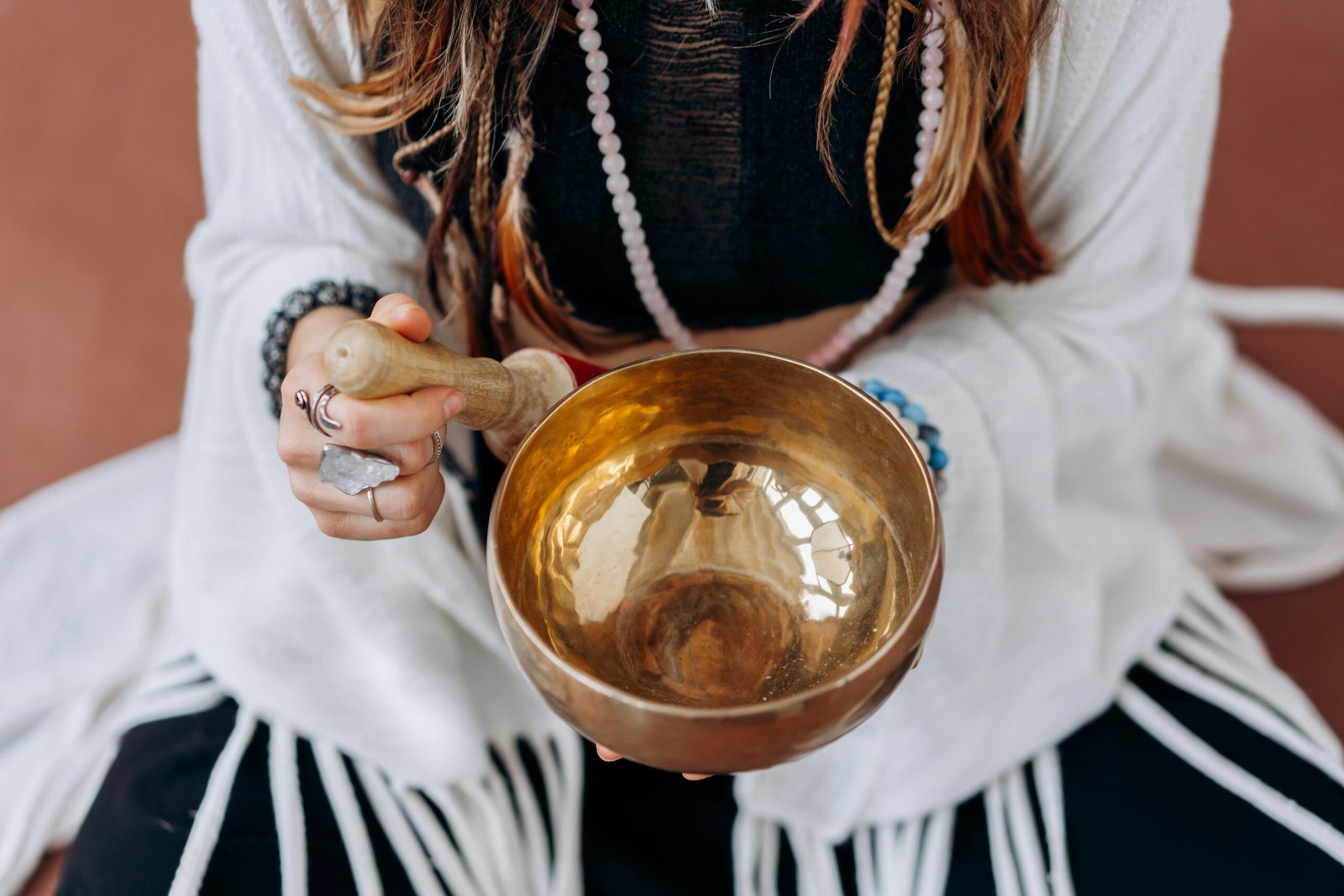Which singing bowl is right for your wellness practice? This is a question which has plagued
many holistic sound healing practitioners and beginners. Choosing a singing bowl for your
practice can be difficult and even more confusing, with so many different varieties available
online. Some of the bowls can be costly, yet they may not be suitable for you.
So, let us take a deep drive into the singing bowls that are available and how you can make
the right choice.
What Are Singing Bowls – Decoded
If you are here looking for a singing bowl, then you probably know what it is. Some people
also call them Tibetan bowls and Himalayan singing bowls. These are ancient bowls which
produce sounds, when you hit them with a mallet. Buddhism is the religious segment, from
where it all started. But now others have also come to know about their holistic benefits
and are using them as well.
Made from an alloy of several metals, these singing bowls mostly include silver, copper,
brass, bronze, and lead. Crystal bowls are also used today. These come in a variety of
shapes, sizes and tones. Thus, these are unique for each individual and purpose. Let us now
move onto the different kinds of singing bowls.
Different Singing Bowls To Choose From
Some practitioners believe that there are almost 50 different varieties there. If you go for
the most authentic ones, they can be traced back to centuries before. Most experienced
people using these for a long time can tell the age of a bowl based on their looks, thickness
and the quality of the sounds. The most genuine singing bowls can be traced to Mongolia,
Nepal, Tibet, and India, of course.
Let us find out what is in store.
● Jambati Bowls – These are the most common varieties of bowl, which you can get in
the market today. They have curved walls and flat bottom parts. You will also find
numerous hammer marks on the surface. They are used to playing the 2 nd and 3 rd
octave mostly. They are quite heavy, and most play them with a mallet. Amazingly,
more than one craftsman is required to make these. If you are interested in getting
such a bowl, get a mat along, as you have to place these on the mat, before playing.
● Naga Bowls – This is another variety of singing bowl, which has a pedestal. It looks
like a chalice. You will find them in small and medium sizes, and are often used in
ceremonies of religious nature.
● Thadobati Bowls – Straight sides, flat bottom part, and high walls, are the features
that help you distinguish these bowls from the rest. They are plain in design. One can
play five different octaves, with these small and medium-sized bowls. They may also
date back to the 15 th century.
● Mani Bowls – Short and stout-looking bowls with inward-curved lips, and flat
bottom. You will be able to play three octaves with these singing bowls. One
distinguishing feature of these bowls is their high tone. Many practitioners of sound
healing also call them Mudra singing bowls. They have a sacred purpose as well.
● Manipuri Bowls – Small and medium sized bowls like these have a shallow depth and
lips that curve outwards. Very inexpensive in nature, you can play many primary
tones with these. Many beginners often buy them early on due to their reasonable
pricing.
● Lingham Bowls – These are similar to the Manipuri bowls. Shallow in depth, you will
find a part of the bowl in the centre protruding. This is what gives the unique sounds,
when you play them. These are mostly for the experienced few.
● Remuna Bowls – You will be able to identify these bowls quite easily, as they are
stout, but with thin walls. You may also find decorations on the body. One of the
easiest to play, you can buy them if you are a beginner.
● Crystal Bowls – They are new ones that have entered the market. They are frosted in
nature and come in different sizes. They can produce some of the highest tones.
Different kinds of singing bowls have different purposes. Some use them for meditation,
some for grounding, and a few others for healing.
Once you have chosen the bowl most suitable for your practice, you have to play them right.
Playing Different Singing Bowls
● It is very important to choose a quiet place. This will help you to enter a state of
calmness and relaxation.
● Thereafter, place the bowl properly.
● You need to strike the bowl with the mallet to warm it up.
● Then, running the mallet along the rim of the singing bowl is the next step.
● Check the speed and pressure, by hitting differently.
● Then focus on the sound.
You can use the singing bowls for morning and evening rituals. If required, use them at
other times of the day, especially for healing.
Final Thoughts
You can choose the best singing bowls for yourself, if you understand what they are made to
do. Making the right choice is essential to get the desired effects. You can choose a course
on sound healing from OJ Healings, to get complete knowledge on singing bowls.



